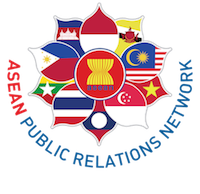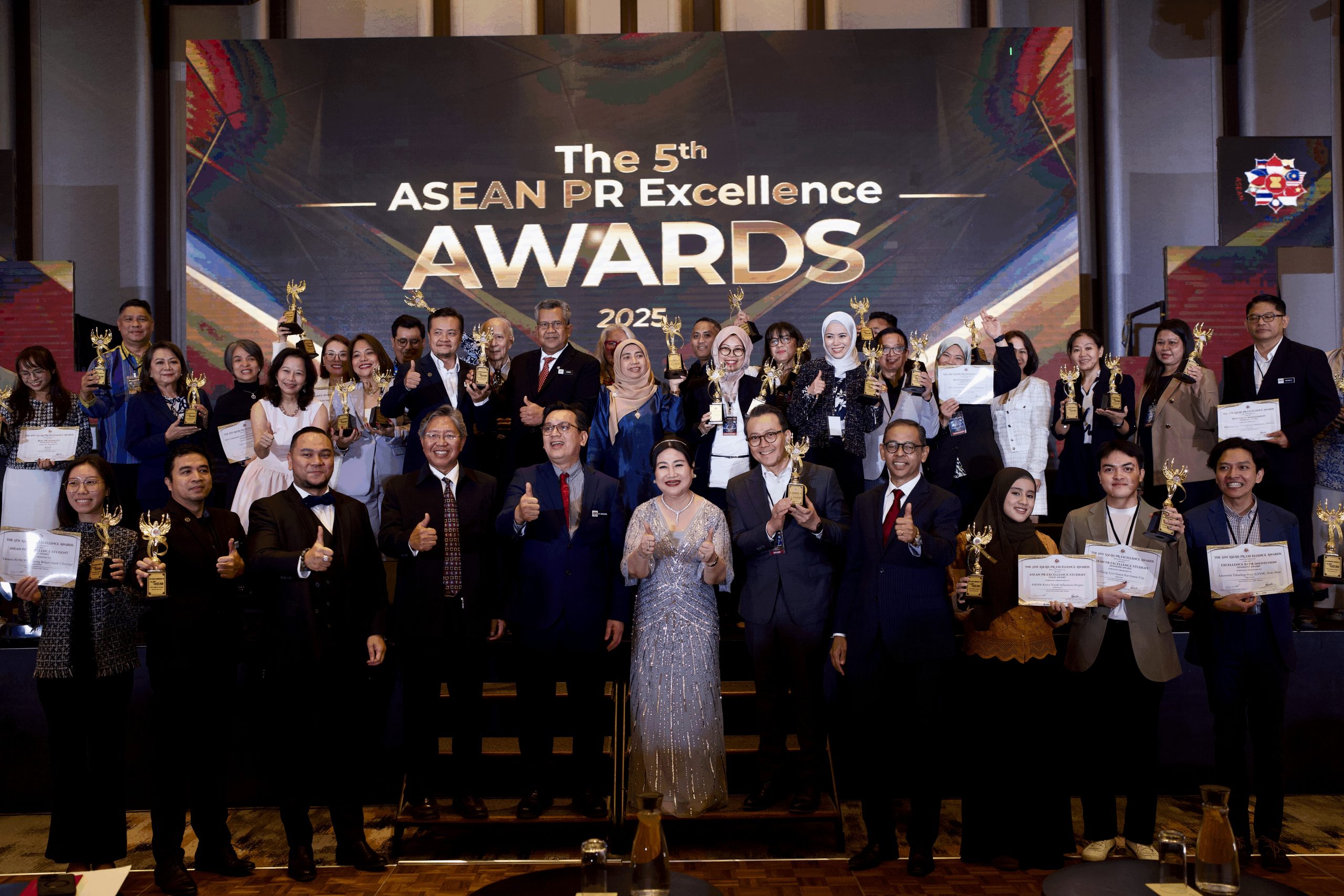“Public relations seems to be destined to go on growing in numbers and in universality of its use – while slipping in stature. There will be more people doing more things – except having a role in the top levels of our institutions…” – Philip Lesly (1988, Public Relations Review).
Although Lesly made his statement more than two decades ago in the U.S., the current situation in the global PR industry is no different from his observations in 1988. What an irony for us practitioners, considering that we counsel and strategise change in major corporations, and at the same time, we weren’t diligent in checking our pace of professional development.
Shifting our focus to Malaysia, it is worrying to find that the current demand for well-qualified local practitioners is not fulfilled. This finding is borne out of a dipstick Professional Needs Analysis survey jointly conducted by IPRM-UiTM in early 2002. The majority of employers interviewed indicated that practitioners were either short in critical skills like audience-centered writing, or lacking specific knowledge such as managerial finance. The capabilities of practitioners seem to rest on media relations, which although an important component in PR, does not truly reflect the strategic counseling role that PR practitioners should be appointed within the company. In other words, the level of public relations in the country is still relegated to the technical rungs, and not yet at the “policymaking-strategic-directive” role, which is controlled by senior management.
Ex-Information Minister, Tan Sri Khalil Yaakob, has cautioned that when the various trade and service restrictions are lifted under the World Trade Organisation (WTO) and Asean Free Trade Area (AFTA) after 2003, giant foreign firms and practitioners will be strengthening their foothold in the local PR industry under the open economic practices accorded by the two trade treaties. “The borderless society and global village practices will lead to stiff competition in the field of public relations,” said Khalil. “The demand for local PR specialists is expected to multiply manifold as a consequence of the “borderless world” effect.”
The current scenario inadvertently jolts the minds of every Public Relations Practitioner to question themselves: do we have the competitive edge to pitch with the large companies in the open market? This points to a need for practitioners to initiate continuous learning (usually post-university) of skills and knowledge that impact their work scope. 2 www.IPRM.org.my
Like the accounting industry which has the Continuous Professional Development (CPD) courses to provide for continued development – especially when the trend in PR is towards specialisation – the need to hone specific skills and knowledge to suit the different arenas of businesses is becoming a necessity.
The next question that comes to mind is: should we be arming ourselves with an accredited status? After all, foreign practitioners who align themselves with accredited organisations carry a higher regard than non-accredited ones.
There have been calls for the PR practice to be duly recognised as a registered profession, considering that Lesly’s description is still existent. The late “Father of Public Relations”, Edward L. Bernays, was a vocal advocator for the cause of chartering the profession. “Many who call themselves public relations practitioners have no PR education, training, or knowledge of what the field is. And the public equally has little understanding of the meaning of the two words. Until licensing and registration are introduced, this will continue to be the situation,” he lamented.
Some practitioners are wary of the chartered status by pointing out that it is rather elitist, and has a strong academic slant, which tosses the qualifications of every Public Relations professional into the limelight for public scrutiny. However, we as Public Relations practitioners should be more far-sighted in our vision, as the Charter has a bigger role to play by serving as the benchmarking tool for higher standards of future entrants into public relations. This ensures that the industry will be fueled with competent PROs, and the sub-standard image of today will be gradually eliminated. Therefore, cooperation between practitioners and educators – two parties instrumental in the chartering process – seems to be inevitable, if the chartering movement is to be endorsed.
This article is part of a series of PR articles by IPRM to demystify the many myths surrounding the public relations profession, and enlighten readers about the varied facets of the PRO’s job. IPRM welcomes feedback at matrixid@unifi.my attention to Doris Lim, IPRM EXCO.
http://www.iprm.org.my/download/articles/doris-the-vision-for-tomorrow.pdf





